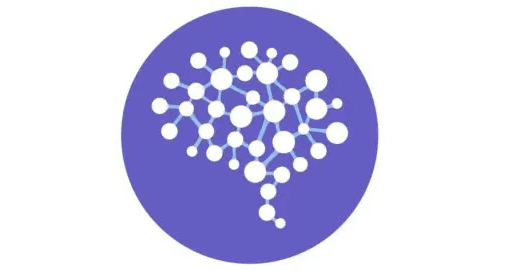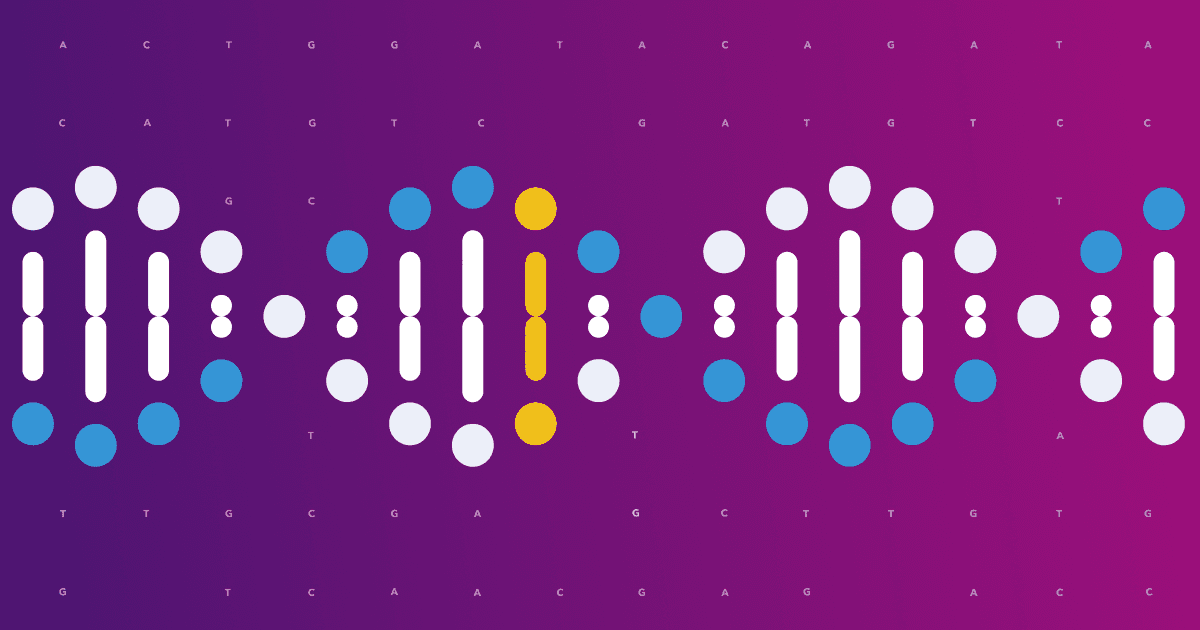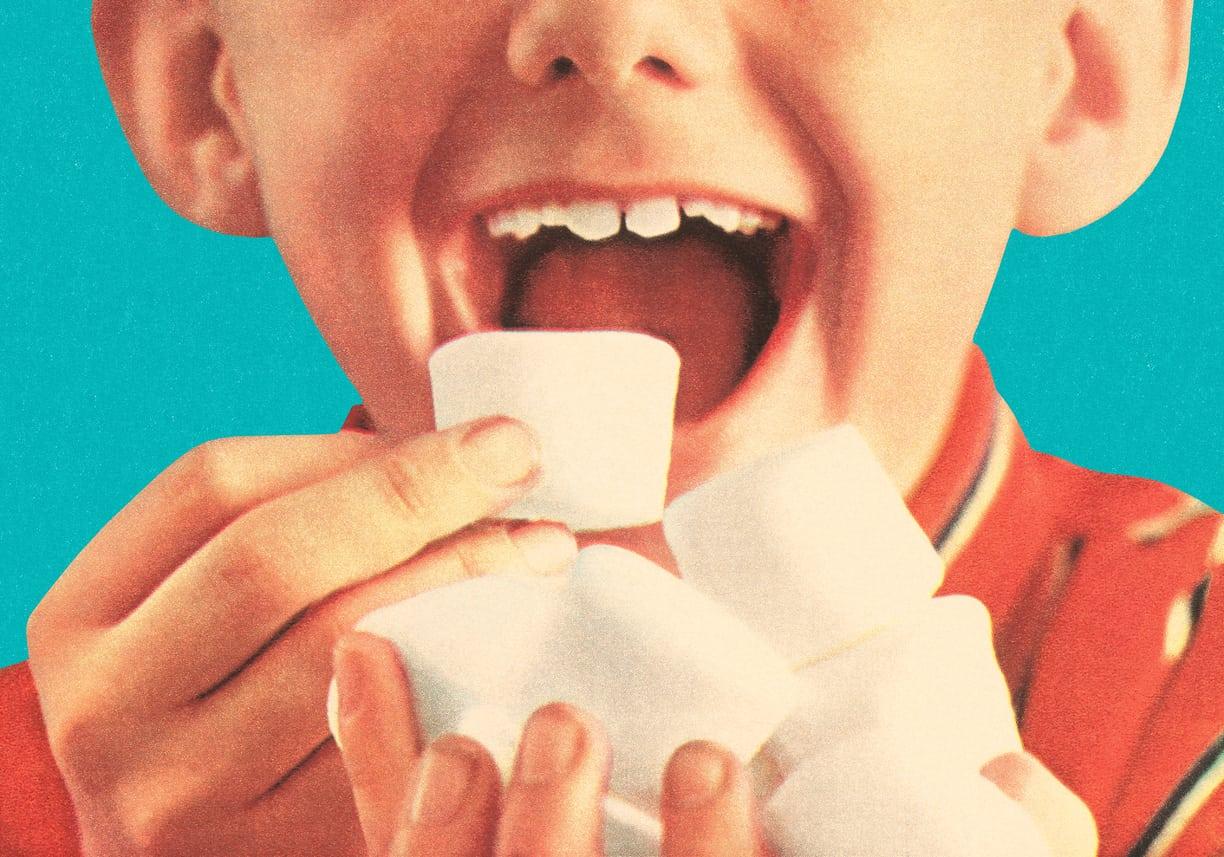This interview is part of an occasional series of profiles introducing you to the people behind 23andMe’s compelling research. Eric  Durand has been instrumental in developing several ancestry features at 23andMe including tools that allow customers to see their Neanderthal percentage and to use to see what percent of their DNA comes from populations around the world with the Ancestry Composition feature. Prior to his work at 23andMe, Eric developed statistical methods to look at the connections between archaic – Neanderthals and Denisovans – and modern humans. His primary interests are in the inference of ancestry and the discovery of hidden familial relationships through DNA.
Durand has been instrumental in developing several ancestry features at 23andMe including tools that allow customers to see their Neanderthal percentage and to use to see what percent of their DNA comes from populations around the world with the Ancestry Composition feature. Prior to his work at 23andMe, Eric developed statistical methods to look at the connections between archaic – Neanderthals and Denisovans – and modern humans. His primary interests are in the inference of ancestry and the discovery of hidden familial relationships through DNA.
“We’re still learning more about modern humans and it’s much more complicated than we anticipated.”
What were you researching before you came to 23andMe?
Prior to 23andMe, I was involved in the analysis of the first draft of the Neanderthal genome, which was published in 2010. I also worked on similar analysis of the Denisovan genome. We developed the Neanderthal percentage calculator as a novel way to look at the Neanderthal DNA in almost all modern humans.
When we first published our Neanderthal research, it went against popular consensus and we met a lot of resistance. Even today, scientists don’t necessarily agree that there was indeed admixture between Neanderthals and modern humans.
Originally from: Paris, France.
MA: Applied Math and Modeling Biological Systems, Grenoble Institute of Technology, France.
PhD: Population Genetics, Grenoble Institute of Technology, France.
Post-doc: University of California, Berkeley
Fun Fact: I’m 3.0 percent Neanderthal, and have a higher percentage of British than French DNA
Why are you excited about genetics?
I got into genetics late in my applied statistics PhD, because my advisor was working on population genetics. Initially I got excited about answering evolutionary questions through data. I’m also interested in conservation genetics, which look at endangered species and make inferences on whether the gene pool is still diverse enough for the species to recover. So far we’ve found that there’s no common threshold for how many animals you need to create a population – it’s very species-dependent.
Tell us about one of your interesting findings.
Working on 23andMe’s Ancestry Composition feature has been a great learning experience. Before our current version, we provided something called Ancestry Painting, which divided populations into three groups: Asian, European and African. Obviously our customers wanted more specificity, and scientifically, we wanted to include more diverse reference populations to improve the accuracy of the tool.
In the future, we’ll improve the accuracy of our estimates by adding more reference populations from our growing database and external sources.
Even if you’re not interested in genealogy, Ancestry Composition is important because diseases have different prevalence dependent on population. For example, some populations have a higher rate of diabetes or breast cancer than others.
What’s one thing the average person should know about genetics?
Everyone should have a basic understanding of inheritance, or how you get chromosomes from your mother and father. Although we each get 50 percent of our DNA from our mother and 50 percent from our father, chromosomes are shuffled at each generation. So with each successive generation, what you inherit from each ancestor becomes harder to identify.
Tell us about a recent breakthrough in genetics research that you think will have a big impact.
In the field of population genetics, we’re still learning more about human evolution and it’s much more complicated than we anticipated. It’s really interesting, for example, to look at why we’re the only human species that remains today. New research will be published in 2014 showing that we’re becoming really good at sequencing old, dead stuff. In fact, technology is pushing the limits of how old, damaged and contaminated material can be. Today you can extract and amplify very poor quality DNA.
What interesting thing have you learned about yourself from being tested?
I discovered I’m unlikely to taste bitter flavors. We recently did a chemical experiment in a classroom of children to simulate bitter tasting. While most of the kids spit out the chemically treated paper, me and about 20 percent of the class couldn’t taste it at all.



